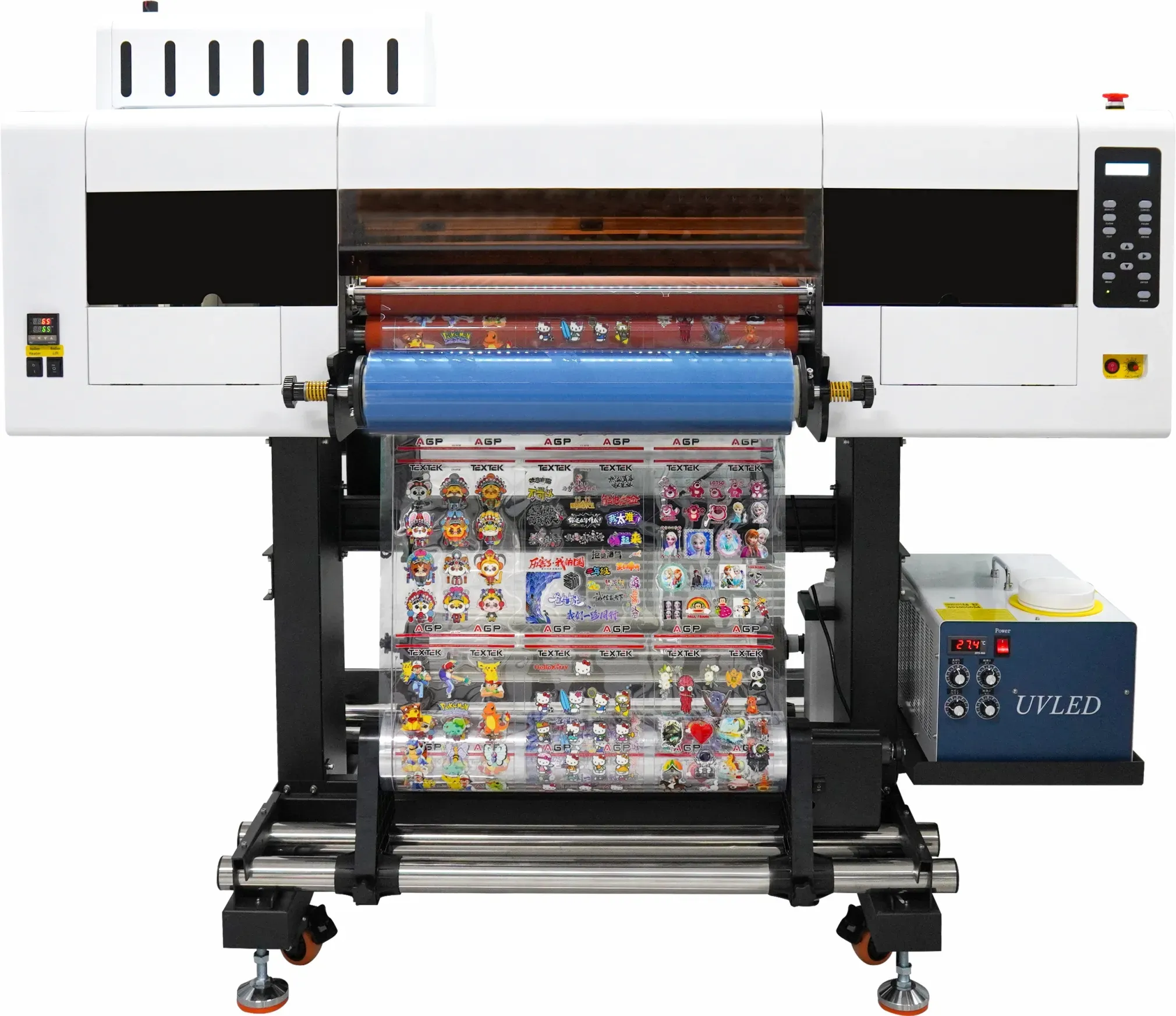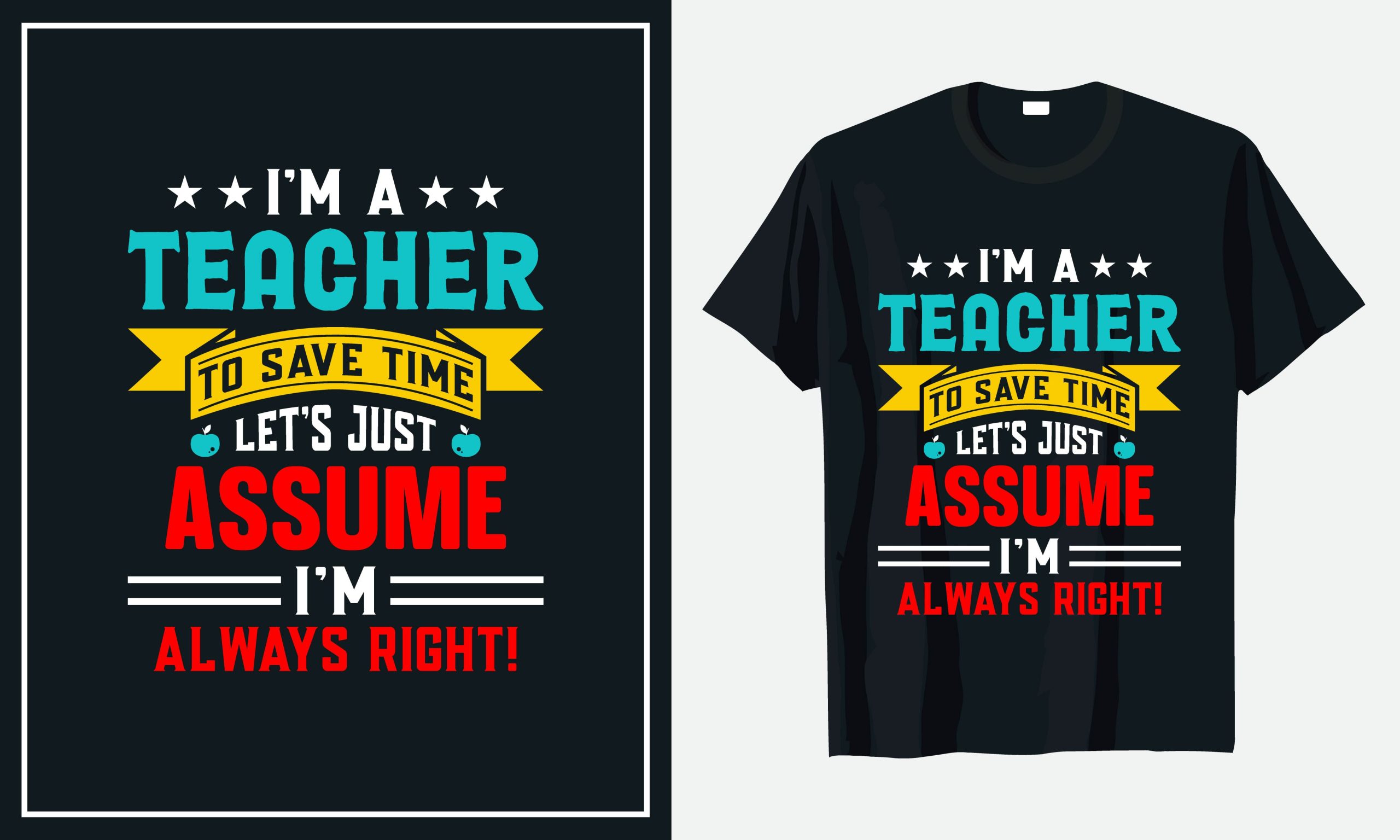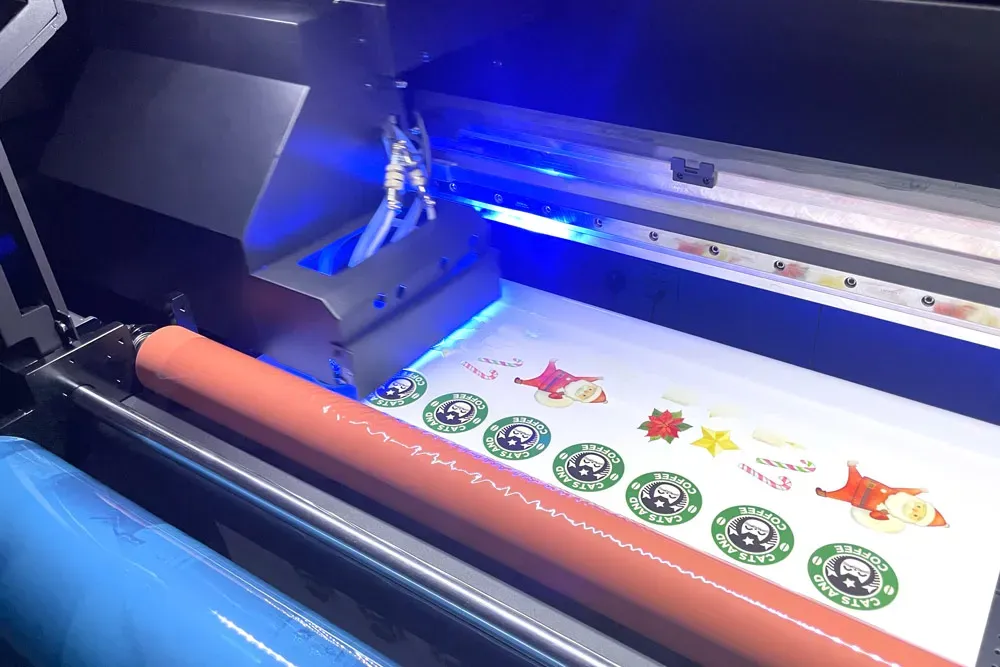UV DTF: Your Essential Guide for Beginners
UV DTF, or Ultra Violet Direct to Film printing, represents a remarkable fusion of technology and creativity, making it a game-changer in the printing industry. This innovative printing method provides exceptional versatility, allowing creators to print vibrant, detailed designs on a wide range of materials including textiles, metal, and wood. For those interested in entering the world of custom printing, a comprehensive understanding of UV DTF printing is essential, and this guide will illuminate key concepts such as UV DTF materials, equipment needs, and essential tips for beginners. Whether you’re a seasoned professional or just getting started, discovering how to start UV DTF can significantly enhance your product offerings and artistic capabilities. So, let’s explore the intricacies of this modern printing technique and unlock your creative potential with our beginner UV DTF guide!
The realm of digital printing has evolved significantly with the advent of UV DTF technology, presenting exciting opportunities for both hobbyists and entrepreneurs. Alternative methods, such as direct-to-film or UV printing, have paved the way for enthusiasts to create high-quality, eye-catching prints on various surfaces. This beginner-friendly guide will explore the fundamentals of this digital printing technique, including the essential tools and materials, as well as practical tips to achieve optimal results. From choosing the right substrates and inks to troubleshooting common challenges, understanding this fusion of UV and film printing can set you apart. Dive in to discover everything you need to embark on your UV DTF printing adventure!
Understanding the Basics of UV DTF Printing
**UV DTF printing** represents a blend of advanced technology and creativity in the printing industry, making it a compelling choice for both beginners and seasoned professionals. At its core, this technique involves using ultraviolet light to cure inks onto a special film before they are transferred to various surfaces. By applying precise layers of ink, UV DTF printing can produce vibrant images that retain their quality over time. This method circumvents many of the limitations faced in traditional printing techniques, allowing for higher detail and color vibrance, which is a significant plus for artists and brands.
For those just starting out in the world of custom printing, grasping the fundamentals of UV DTF is essential. You’ll need to familiarize yourself with the types of equipment involved, including a quality UV DTF printer and appropriate inks. Understanding how the UV curing process works is crucial as well, as it directly affects the final outcome. The interplay of different materials, inks, and curing techniques can open countless possibilities for customization and design, making UV DTF printing a versatile choice for creative projects.
Essential Equipment for Beginners in UV DTF Printing
Starting your journey in UV DTF printing requires some careful selection of equipment to ensure high-quality results. The first and foremost tool is a reliable **UV DTF printer**. When choosing a printer, consider its printing speed, quality, and compatibility with various materials. Investing in a model that balances cost and efficiency will pay off in the long run, especially if you plan to expand your business. Look for printers that have a solid reputation in the market, which often come with support and community resources that can be invaluable for beginners.
Along with a UV DTF printer, having the right accessories can significantly enhance your printing experience. For instance, a heat press is recommended if you wish to apply your designs onto apparel or other substrates effectively. Additionally, high-quality UV DTF films are vital; they must be compatible with your printer and designed to endure through the UV curing process. Making wise choices in your initial equipment can set a strong foundation as you familiarize yourself with the UV DTF printing workflow.
Materials Needed for Successful UV DTF Printing
The selection of **UV DTF materials** is crucial in determining the success of your printing ventures. You’ll need a variety of substrates to work with, which can include cotton, polyester, metal, wood, and high-quality plastics. Each material interacts differently with inks, so it’s beneficial to experiment with a few options to see how your designs translate onto various surfaces. This experimentation will not only enhance your skills but also broaden the scope of products you can offer to customers.
Moreover, protective gear should not be overlooked. UV inks, while innovative and effective, can pose health risks if not handled properly. Investing in gloves and a mask can protect you from skin irritation and inhalation of fumes. Maintaining a clean, organized workspace is also essential as it contributes significantly to the quality and consistency of your prints, reducing unwanted issues such as dust particles interfering with designs.
Step-by-Step Guide to UV DTF Printing
Embarking on your UV DTF printing adventure involves following a clear step-by-step process to ensure success. Start with designing your artwork using graphic design software. Ensure your file is optimized for printing by using the CMYK color mode and a high resolution. The art files you create will be the backbone of your prints, so take the time needed to get this right. Once your design is ready, you will move on to printing it onto UV DTF film, which requires careful calibration of your printer settings for alignment and quality.
After printing, the crucial step of curing follows. This process utilizes UV light to solidify the ink on the film, making it ready for transfer. Without proper curing, your designs may smear or not adhere well to substrates. If you’re transferring the designs onto garments or hard materials, a heat press is essential for ensuring complete adhesion. Each material will have unique requirements for temperature and time settings, so it’s important to refer to guidelines specific to the substrates you’re using.
Valuable Tips for Successful UV DTF Printing
When venturing into UV DTF printing, seeking knowledge and guidance can significantly reduce the learning curve you face. Don’t hesitate to **experiment** with different materials, inks, and printer settings. Every trial provides learning opportunities, allowing you to discover which combinations yield the best results. As you gain experience, you’ll find your comfort level grows with the entire process, and your designs will begin to reflect your growing skill set and creativity.
Maintaining a clean and organized workspace cannot be overstated. Ensuring that all your materials and equipment are in order will enhance the consistency and quality of your prints. Regular maintenance of your printing equipment is also a key factor in achieving successful outputs. Staying connected with other UV DTF users through forums or online groups can provide additional support, sharing experiences, tips, and troubleshooting advice that can be beneficial as you perfect your craft.
Overcoming Challenges in UV DTF Printing
As with any new skill, challenges are an inevitable part of the journey in UV DTF printing. Beginners may encounter issues such as ink adhesion problems, which can often be traced back to either the choice of film or improper curing settings. It’s crucial to ensure that you are utilizing films specifically designed for UV DTF and understanding the proper curing techniques for each material type. This understanding will help mitigate common problems, leading new printers to establish a smoother workflow.
Color inconsistencies can also pose a challenge for novice users, particularly when transitioning from design software to printed products. To overcome this, ensure that your design files are accurately prepared in color profiles suitable for your UV DTF printer. Additionally, conducting regular calibration checks on your printer can help maintain color accuracy across different prints, reducing the chances of disappointment during production. By approaching these challenges as learning opportunities, you can further enhance your understanding and skills in UV DTF printing.
Frequently Asked Questions
What is UV DTF printing and how does it differ from traditional printing methods?
UV DTF printing, or Ultra Violet Direct to Film printing, combines UV printing’s precision with a direct-to-film process, allowing for high-resolution, vibrant designs on various materials. Unlike traditional printing, which often uses heat transfer or screen printing methods, UV DTF prints are cured with UV light, resulting in durable and long-lasting images that stand up to wear and tear.
What equipment do I need to start UV DTF printing?
To begin UV DTF printing, you will need essential equipment including a UV DTF printer, specialized UV DTF film for optimal results, UV ink suitable for your materials, and optionally a heat press for transferring designs onto garments or other substrates.
Can I use UV DTF printing on different materials?
Yes, one of the main benefits of UV DTF printing is its versatility. You can print on a wide range of substrates including fabric, metal, wood, plastic, and more, allowing for diverse applications from custom apparel to promotional items and home decor.
What are some essential UV DTF tips for beginners?
Beginners should experiment with different materials and printer settings to find optimal combinations. Maintaining a clean workspace, performing regular printer maintenance, and engaging with online communities for tips can significantly enhance the learning curve and printing quality in UV DTF printing.
What materials do I need for a successful UV DTF printing process?
In addition to your UV DTF printer and film, you’ll need various substrates based on your projects, such as cotton, polyester, wood, or metal. Protective gear like gloves and a mask is also recommended to minimize exposure to inks and solvents during the UV DTF printing process.
How can I troubleshoot common UV DTF printing challenges?
To troubleshoot common issues like ink adhesion problems or color inconsistencies, ensure that you are using the correct film and curing settings. Regularly maintaining your printer and calibrating your design files with accurate color profiles can help improve outcomes in your UV DTF printing projects.
| Key Point | Details |
|---|---|
| What is UV DTF Printing? | A printing technique that combines UV printing with direct-to-film processes, allowing high-resolution prints on various materials. |
| Benefits of UV DTF Printing | 1. Vibrant Colors and Detail 2. Versatility 3. Durability 4. Eco-Friendly Options |
| Equipment Required | – UV DTF Printer – Heat Press (optional) – Specific UV DTF Films – UV Ink suitable for various surfaces |
| Step-by-Step Process | 1. Design Creation 2. Film Preparation 3. Curing with UV Light 4. Transfer Process using Heat Press 5. Finishing Touches |
| Tips for Beginners | 1. Experiment with materials and settings 2. Keep workspace clean 3. Regular maintenance of printer 4. Join community groups for support |
| Common Challenges and Solutions | – Ink Adhesion Issues: Check film and curing settings – Color Inconsistencies: Verify design file and printer profiles – Equipment Malfunctions: Regular maintenance is key |
Summary
UV DTF printing is an innovative method that combines the advantages of ultraviolet technology with direct-to-film application, making it a popular choice for both creative individuals and businesses alike. By adopting UV DTF, you gain access to vibrant prints that are not only stunning in appearance but also durable and versatile across multiple substrates. This guide provides a solid foundation for beginners to dive into the world of UV DTF, equipping them with essential knowledge about equipment, processes, and common challenges. With practice and experimentation, one can unleash their creativity to produce unique designs that leave a lasting impression.







